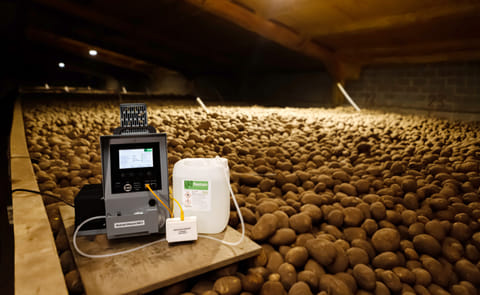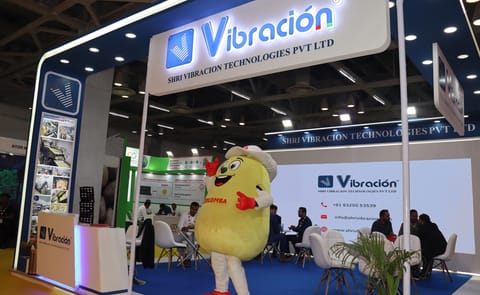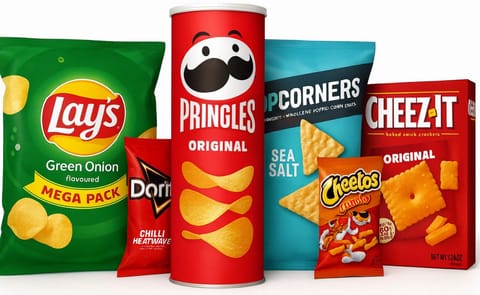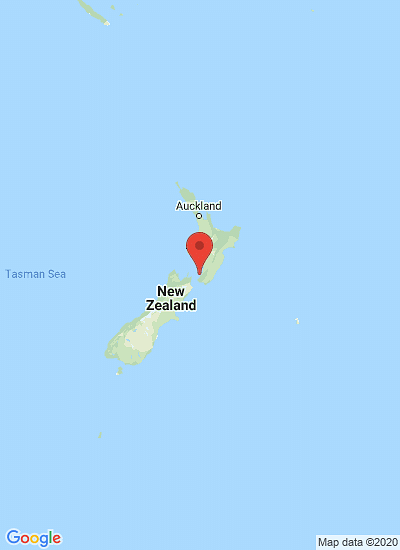We are greeted at the entrance to the whare tipuna, by Manaia Cunningham, a decendant of Ngāi Tutehuarewa and Ngāti Huikai Hapū, of Ngai Tahu iwi, New Zealand
Maara kai - reinvigorating Maori Food Sovereignty through potatoes in New Zealand

As we wound our way down to Port Levy, New Zealand, although only an hour from Christchurch city, it felt a world away. The turquoise waters of the harbour as still as glass, under the mid-afternoon Winter sun.
We are greeted at the entrance to the whare tipuna, by Manaia Cunningham, a decendant of Ngāi Tutehuarewa and Ngāti Huikai Hapū, of Ngai Tahu iwi.
He welcomes us into the 104 year old building, which is the centre piece to the adjoining newly refurbished whare kai and the educational classroom.
Manaia conveys his whakapapa and then after a few housekeeping tips, he brings us onto the veranda for a feed of crayfish and mussels brought in from the harbor entrance earlier today. He wishes there were potatoes on the table, but that is his mahi/work in progress.
Manaia has come from a background in school teaching and more recently as Ngāi Tahu advisor to Environment Canterbury. He’s now returned with his young family, to live beside his marae and work with the land.
In 2015 an MBIE grant enabled him to develop a 1/5 acre cropping area for heritage Māori potatoes. Overall there is currently a 2 hectare area for planting. The project then known as Maara Kai had outcomes both economic and educational.
At his first farmers’ market in 2016, he rapidly sold 30 kilos in the first 15 minutes and the rest had already been given to marae and whānau.
In 2016 an educational classroom was built and a Certificate of Competency in Farm Skills was provided to people completing their Community Service hours through the Corrections Department.
This fell nicely into the overall marae strategic initiatives of; Employment, Business, Education and Papakāinga. In 2018 Manaia returned to ECAN but now in 2019 he has committed to life as a horticulturalist.
He is inspired by his ancestry. Ngāi Tahu have been on this peninsula since 1600 century and other iwi before them too. All have cultivated the land for food in the past and the remains of ancient maara terracing can be seen beside Manaia’s current growing area.
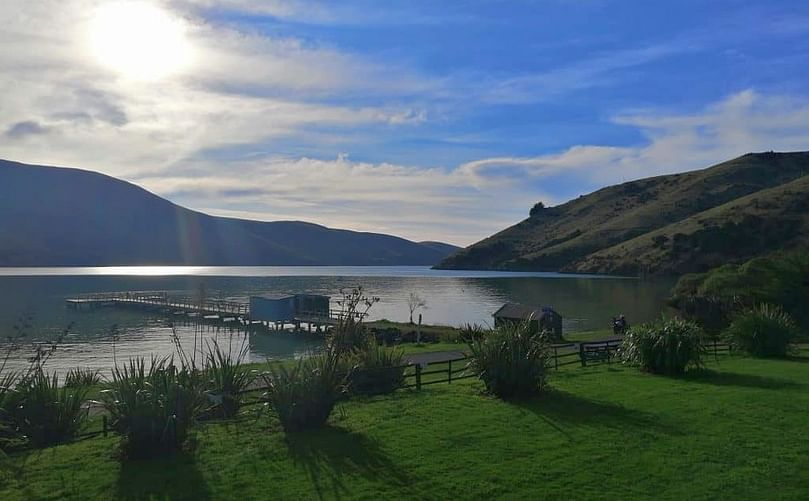
The turquoise waters of the harbour as still as glass, under the mid-afternoon Winter sun.
He is particularly enthusiastic about the antioxidant content. Like many heritage plants, which are relatively unchanged from their wild cultivar, Māori potato have higher levels of antioxidants.
In a report by Dr. Horia Groza, published in the Badger Common’Tater, antioxidant levels in dark potato flesh are shown to be higher than in white flesh, and are enhanced with cooking!
Dr. Horia Groza:
“In dark purple flesh the antioxidant levels may be ninety times higher than in white flesh.”According to Manaia there are around 30 varieties of heritage or Māori potatoes, in storage as tissue culture, at Plant and Food Research. He hopes to reach a stage where he can investigate propagating seed from some of these, but in the meantime he has sourced seed from a local seed merchant who has 6 varieties available.
His favourite is moemoe because it is nutty flavor. As the goal is to continue using organic growing methods, there is interest from a NZ crisper for the moemoe. Manaia also likes the whataroa for boiling and the waiporoporo as well.
He recommends whataroa for steaming in hangi. Manaia’s dream has not been without it’s challenges so far, but he is keen to continue trialing aeroponics and hopes to set up a unit for this in Christchurch city, close to expert support and infrastructure.
He is also ready for another season of planting spuds at Port Levy in September.
Last season saw the appearance of Liberibacter. The farm has mesh covers to use for psyllid control and now that Potatoes New Zealand have made contact, we hope to support him in any way we can with the latest R&D and advice on growing crops and seed.
His planting area is relatively frost free, but can be flood-prone in Winter. PNZ Technical Manager Dr Iain Kirkwood, who visited the marae with me, felt that flooding could actually be an advantage when it came to “cleaning” the soil of disease in the off-season.
Plant and Food Research are partnering with the marae, Dr Charles Murphy from the Biological Husbandry Unit is also in support. There is 2000 years of horticulture knowledge relatively untapped in matauranga Māori. Perhaps in these uncertain times, a return to indigenous wisdom will see us through challenging climates.


